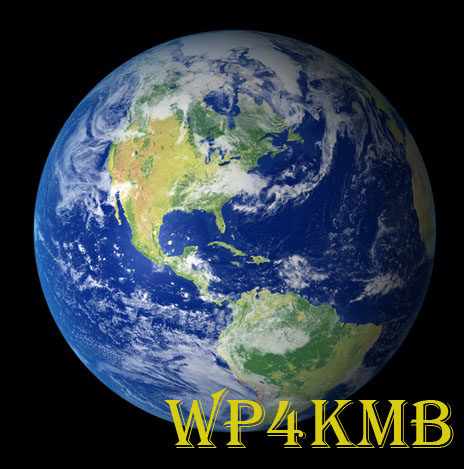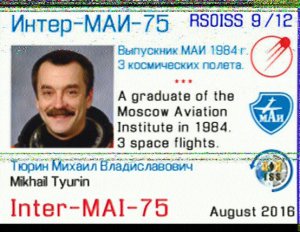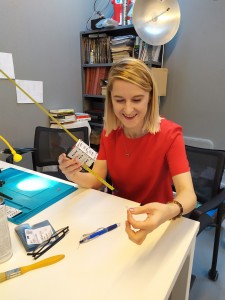ISS SSTV 145.800 FM June 9-10
ISS SSTV 145.800 FM June 9-10
Russian cosmonauts on the International Space Station (ISS) are planning to transmit Slow Scan TV images on 145.800 MHz FM using the SSTV mode PD-120.
The transmissions are part of the Moscow Aviation Institute SSTV experiment (MAI-75) and will be made from the amateur radio station RS0ISS in the Russian Service module of the ISS using a Kenwood TM-D710 transceiver.
June 09, 2021 (Wednesday) from 09:35 GMT until 13:50 GMT*
June 10, 2021 (Thursday) from 08:55 GMT until 15:50 GMT*
*Dates and times subject to change.
The signal should be receivable on a handheld with a 1/4 wave whip. If your rig has selectable FM filters try the wider filter for 25 kHz channel spacing.
You can get predictions for the ISS pass times at https://www.amsat.org/track/
ARISS SSTV Blog https://ariss-sstv.blogspot.com/
Useful SSTV info and links https://amsat-uk.org/beginners/iss-sstv/
m5aka
AMSAT-UK
Powered by WPeMatico




